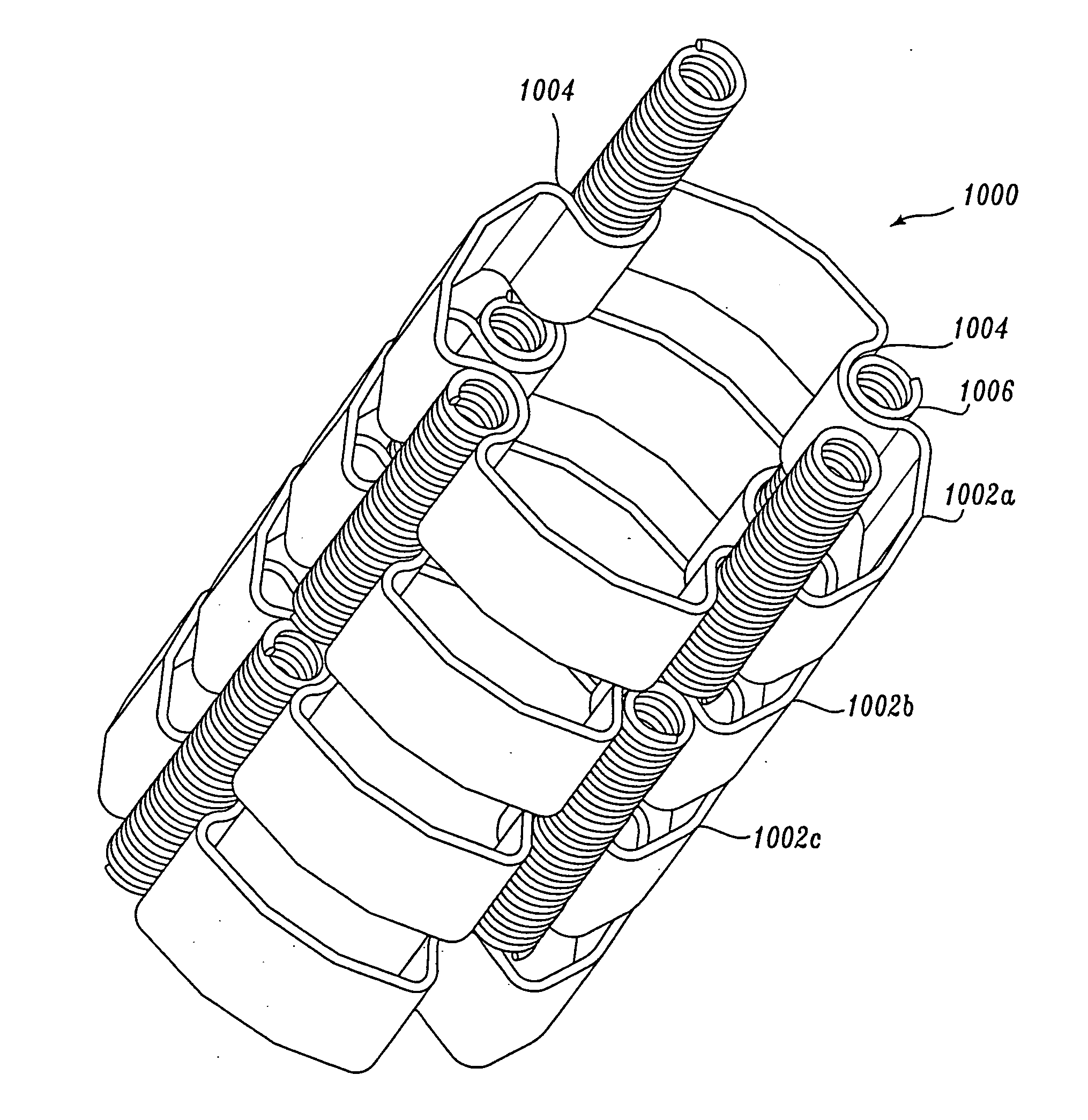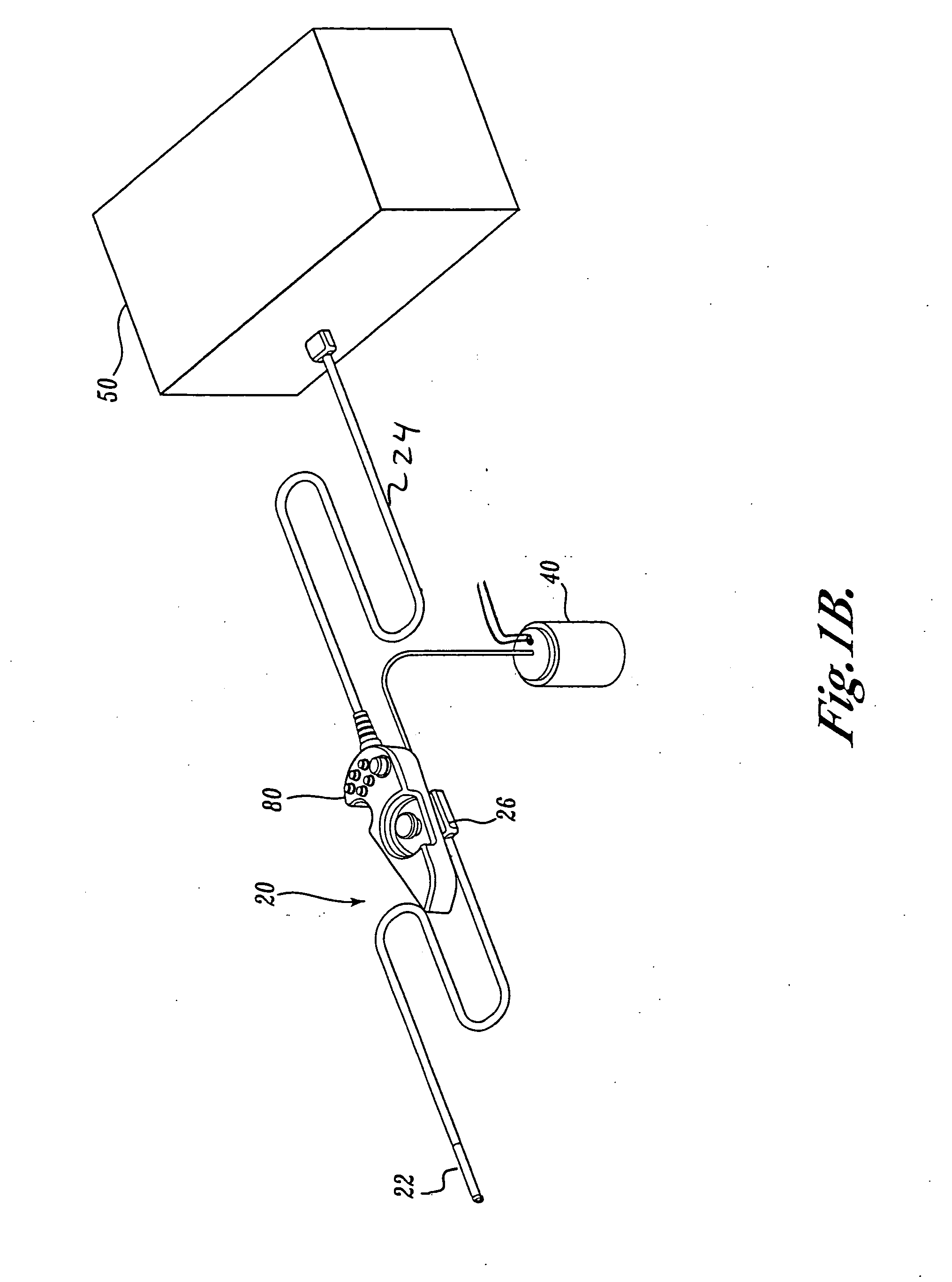Articulation joint for video endoscope
a technology of endoscope and articulation joint, which is applied in the field of medical devices, can solve the problems of affecting the performance of the endoscope, affecting the operation, and affecting the operation, so as to reduce the friction coefficient of the endoscope and improve the device performan
- Summary
- Abstract
- Description
- Claims
- Application Information
AI Technical Summary
Benefits of technology
Problems solved by technology
Method used
Image
Examples
Embodiment Construction
[0061] As indicated above, the present invention is a video endoscope system that allows an operator to access, and view internal body anatomy of a patient as well as to insert surgical instruments into the patient's body. In addition, the endoscope may include integrated diagnostic and therapeutic capabilities to allow the operator to treat the patient in a single procedure. An endoscope of the present invention can be sufficiently inexpensive to manufacture such that the endoscope can be considered a single use, disposable item.
[0062] As shown in FIG. 1A, a video endoscope system 10 according to one embodiment of the present invention includes an endoscope 20, a control cabinet 50 and a handheld controller 80. The endoscope 20 has a distal tip 22 that is advanced into a patient's body cavity and a proximal end 24 that is connected to the control cabinet 50. As will be explained in further detail below, the control cabinet 50 includes a number of actuators that control a steering ...
PUM
 Login to View More
Login to View More Abstract
Description
Claims
Application Information
 Login to View More
Login to View More - R&D
- Intellectual Property
- Life Sciences
- Materials
- Tech Scout
- Unparalleled Data Quality
- Higher Quality Content
- 60% Fewer Hallucinations
Browse by: Latest US Patents, China's latest patents, Technical Efficacy Thesaurus, Application Domain, Technology Topic, Popular Technical Reports.
© 2025 PatSnap. All rights reserved.Legal|Privacy policy|Modern Slavery Act Transparency Statement|Sitemap|About US| Contact US: help@patsnap.com



